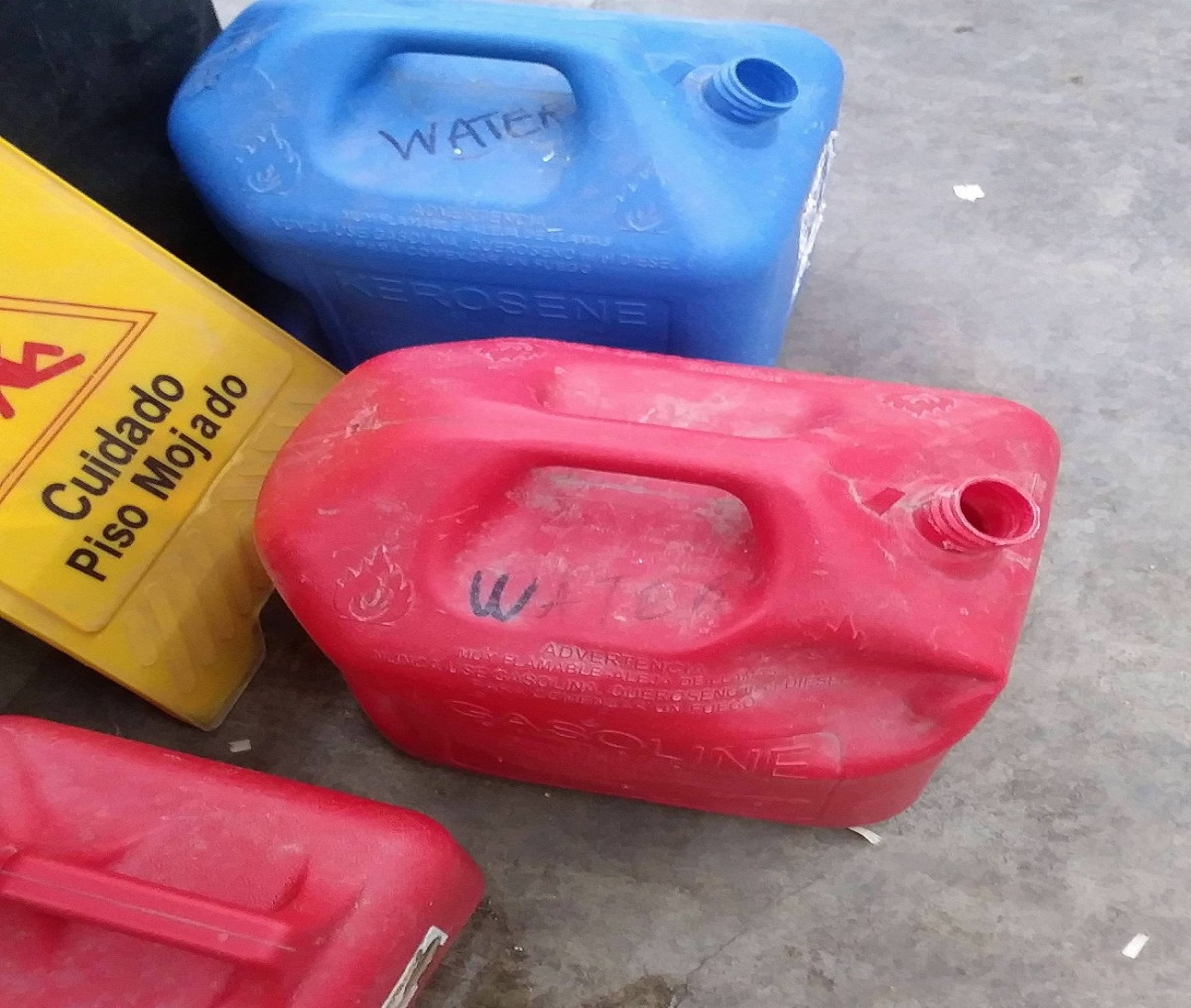Quick Course – WHMIS Pictograms
Course Description In this course, we will discuss the two [...]
Course Description In this course, we will discuss the two [...]
Course Description Safety Data Sheets (SDS) serve the vital role [...]

Course Description Chemicals are frequently used in a variety of [...]
¿Qué son los productos químicos peligrosos? Primero, una definición: Por [...]
¿QUE ESTÁ EN RIESGO? Parecen inofensivas, pero muchos productos químicos [...]
This video fully explains the new (GHS) Globally Harmonized System and how it is to be integrated with your current HAZCOM program. The video fully explains the key points of the change, replacement of MSDS with the new SDS, new symbols and labels, plus new classification. This program trains employees, supervisors and management on the elements of the new system.

In today's litigious society, we begin to take cautions, warnings and disclaimers from manufacturers' with a touch of skepticism or disregard. When it comes to hazardous chemicals in the work place, words, colors and symbols mean something. Not only is it your workers' right, it is their responsibility to know what they mean. This program will teach your employees to recognize and understand the different means of communication used to identify hazardous chemicals including the United Nation's new Globally Harmonized System. The training program will educate your workers on the physical characteristics and chemical properties communicated in the material safety data sheets and on the container labels enabling them to make proper decisions concerning the safe use handling and storage of the substances. The program covers the purpose and role of hazard communication, the different classification of chemicals and their hazards, the primary forms of communication, and best practices and procedures to ensure their safety and health. Chemicals are an intricate and valuable part of our life. When respected and handled properly, they pose minimum risk our safety and health. Knowledge is a valuable safety tool. Not only is it your workers' right to know, it is their responsibility to use it to protect their safety and that of their co-workers.

In today's litigious society, we begin to take cautions, warnings and disclaimers from manufacturers' with a touch of skepticism or disregard. When it comes to hazardous chemicals in the work place, words, colors and symbols mean something. Not only is it your workers' right, it is their responsibility to know what they mean. This program will teach your employees to recognize and understand the different means of communication used to identify hazardous chemicals including the United Nation's new Globally Harmonized System. The training program will educate your workers on the physical characteristics and chemical properties communicated in the material safety data sheets and on the container labels enabling them to make proper decisions concerning the safe use handling and storage of the substances. The program covers the purpose and role of hazard communication, the different classification of chemicals and their hazards, the primary forms of communication, and best practices and procedures to ensure their safety and health. Chemicals are an intricate and valuable part of our life. When respected and handled properly, they pose minimum risk our safety and health. Knowledge is a valuable safety tool. Not only is it your workers' right to know, it is their responsibility to use it to protect their safety and that of their co-workers.
This video fully explains the new (GHS) Globally Harmonized System and how it is to be integrated with your current HAZCOM program. The video fully explains the key points of the change, replacement of MSDS with the new SDS, new symbols and labels, plus new classification. This program trains employees, supervisors and management on the elements of the new system.

What do these dual personality containers and a woman in Utah drinking sweet tea and a BBQ joint have in common?

Flammable and combustible liquids can create a fire and explosion risk. Fortunately, most of the risk can be eliminated through careful use, storage, and disposal. This Workplan sets out a strategy you can implement over a 30-day period (and beyond) to prevent flammable and combustible liquid fires, fatalities, injuries and costly citations.

Safety Talk What’s at Stake? Chemicals are present everywhere. We [...]

Safety Talk What’s at Stake? Working with hazardous chemicals is [...]
If you work with chemicals, make sure you are familiar with the first aid required in case of exposure. This information is located on the chemical label and on the Material Safety Data Sheet (MSDS).
If you work with any amount of chemicals,? or work in an environment where chemicals are used, handled, stored,? transported or disposed of, you must understand the hazards and how to protect? yourself.
We encounter many potentially dangerous substances at work.
The Globally Harmonized System of Classification and Labelling of Chemicals (GHS) was created by the United Nations to help bring uniformity to hazardous materials labelling around the world.
Early signs of these skin problems include dryness, redness and itching. The skin may become swollen, cracked, scaly and thickened. Blisters may develop. How fast a skin reaction develops depends on the strength of the